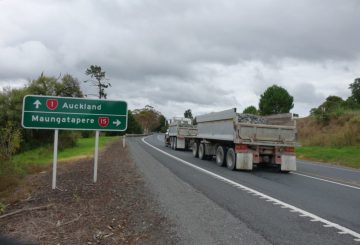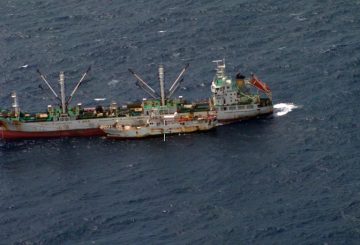Bầu trời ở Martinborough, New Zealand, đã được thắp sáng bởi ánh sáng Aurora do một cơn bão địa từ lớn. Cơn bão này, gây ra bởi vật chất từ một đốm mặt trời va vào bầu khí quyển của Trái đất, là một trong những cơn bão nghiêm trọng nhất trong nhiều thập kỷ. Tuy nhiên, các chuyên gia nói rằng đây không phải là một sự kiện cực đoan.
Transpower, công ty phụ trách lưới điện, đã làm cho nó linh hoạt hơn trong việc bảo vệ thiết bị. Trước đó, họ đã ban hành một “thông báo khẩn cấp về lưới điện” nhưng không mong đợi nguồn cung cấp điện sẽ bị gián đoạn bởi cơn bão.
Cơn bão đạt đến G5, mức cao nhất trên thang NOAA SWPC đối với bão địa từ. Điều này khiến nó trở thành cơn bão lớn nhất thuộc loại này ở New Zealand trong hơn một thập kỷ, nhưng không lớn bằng những cơn bão năm 2003 hoặc 2001. Mặc dù vậy, nó đã gây ra nhiều màn trình diễn cực quang tuyệt đẹp ở Bắc bán cầu.
Craig Rodger, giáo sư vật lý tại Đại học Otago, đã làm việc với ngành công nghiệp điện để tìm hiểu tác động của một cơn bão mặt trời nghiêm trọng đối với lưới điện của New Zealand. Ông đã giúp Transpower chuẩn bị cho các sự kiện lớn hơn, có thể tạo ra hàng nghìn ampe dòng điện dư thừa.
Ảnh hưởng của cơn bão hiện tại dự kiến sẽ tiếp tục trong 24 giờ tới hoặc lâu hơn, đạt đỉnh vào chiều thứ Bảy và kéo dài ít nhất là đến cuối Chủ nhật.




























































